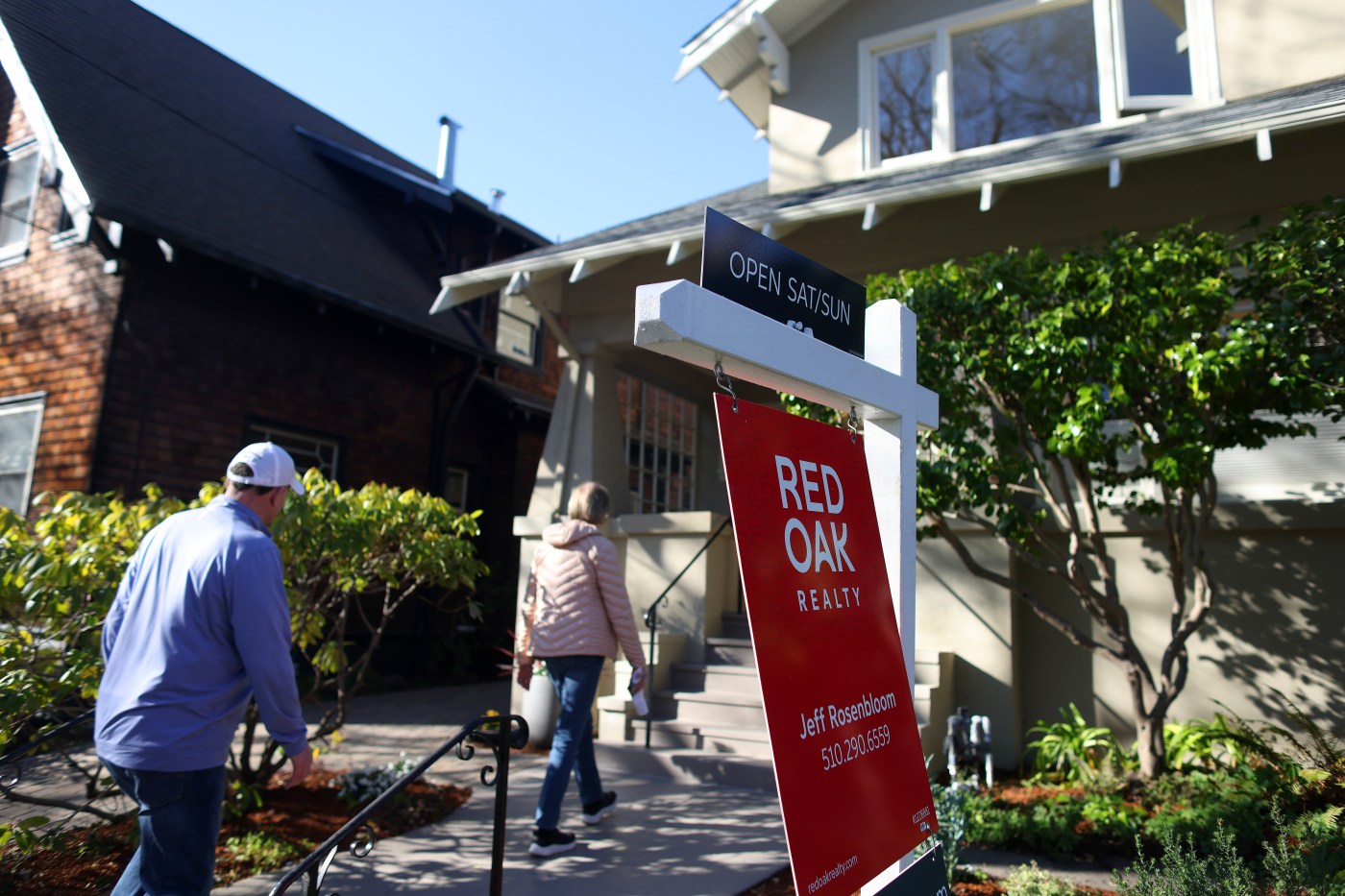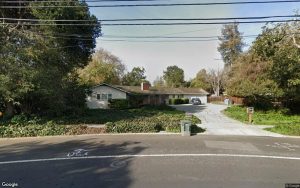The news many prospective homebuyers have been waiting for has finally arrived: the Federal Reserve is slashing interest rates.
Does that mean Bay Area house hunters should fire up Zillow in anticipation of scoring a deal on a mortgage? Not quite yet, local real estate experts say.
For the most part, lenders have already priced the rate cut into the mortgages they’re now offering.
“It’s not going to change a whole lot on the 30-year fixed rate,” said Oscar Wei, an economist with the California Association of Realtors.
On Wednesday, the central bank lowered its benchmark interest rate by half a percentage point — an uncommonly steep cut — to 4.9%. It was the first reduction in four years, a signal Fed officials are optimistic about the economy’s direction.
The Fed had been keeping rates at a more than two-decade high in an effort to combat inflation in the wake of the coronavirus pandemic. That decision helped steady consumer prices, but it also meant huge spikes in mortgage rates — boosting monthly payments on new home loans by sometimes thousands of dollars and squeezing many would-be homebuyers out of the market.
Currently, the average rate for a typical 30-year fixed mortgage sits at about 6.2%, according to the latest data from Freddie Mac. That’s more than double the near record-low 2.8% rate three years ago.
Homebuyers shouldn’t expect mortgage rates to fall back to those bargain levels any time soon. But relief could still be on the way as the Fed is expected to continue lowering borrowing costs in the months and years ahead.
“Toward the end of the year, I think you’re going to see mortgages drop,” said Brett Nicoletti, branch manager with Guild Mortgage in Los Gatos.
When will mortgage rates go down?
They actually already have been.
Rates have dropped more than a percentage point since cresting above 7% this spring, falling fastest over the past month and a half. That’s largely because lenders had anticipated the Fed’s move and adjusted their rates accordingly.
However, the Fed signaled Wednesday it plans to cut rates twice more before the end of the year. By then, Wei said he expects mortgage rates to tick down to around 6%.
Looking further out, Fed officials have said they will likely continue slashing rates into at least 2026. “I think the long-term rate will be somewhere around 5%,” Wei said.
What does the rate cut mean for home prices?
Probably not a whole lot.
But Wei said that after those taking a wait-and-see approach to buying a home realize the immediate impact of the Fed’s move, it could spur more people to jump into the market.
“They may actually start thinking more seriously about buying because they didn’t see a significant drop in rates,” he said.
That could create some upward pressure on home prices. However, given the market is entering the traditionally slow fall and winter seasons, prices may still fall on a monthly basis. But Wei noted some parts of the Bay Area, especially wealthier cities where buyers can afford to put up more for a downpayment, may see prices climb.
In August, the median price of a single-family home in the Bay Area dipped to $1.24 million. It was a 4.6% drop from July and a 1.6% decline year over year.
Over the next two years or so, lower mortgage rates could convince homeowners who’ve been reluctant to sell because they didn’t want to give up their lower rate to finally put their properties on the market. That could help loosen up the Bay Area’s tight housing market by bringing more homes onto the market. But higher demand is expected to push up prices around 4% to 5% a year, in line with historical trends.
Related Articles
Homeless students can sleep safely in their cars at this California college. Other campuses say no
New transit-oriented housing near Ashby BART is closer to becoming a reality
Berkeley shifts approach to persistent homeless encampments
Homeless San Jose boy dreamed of a bed and a shower. With city program help, his family now has them
Where in California are rents falling the fastest?
Is now a good time to refinance my mortgage?
It depends.
Nicoletti said for those who bought when rates were at their 7% peak, it could absolutely make sense to refinance now, adding that lenders have been more willing to restructure mortgages in recent weeks. He said some buyers have been able to shave a whole point off their current rate.
But for most homeowners, it will likely be some months before it makes sense to refinance.
“Rates are getting into a better zone than they had been,” Nicoletti said. “But are we feeling this big rush to refinance? There could be a refinance boom, but we’re not feeling it yet.”
What else could Fed rate cuts impact?
It could mean lower interest rates for credit cards, car loans and potentially student loans. But consumers will likely see a lower return on most personal savings accounts.












